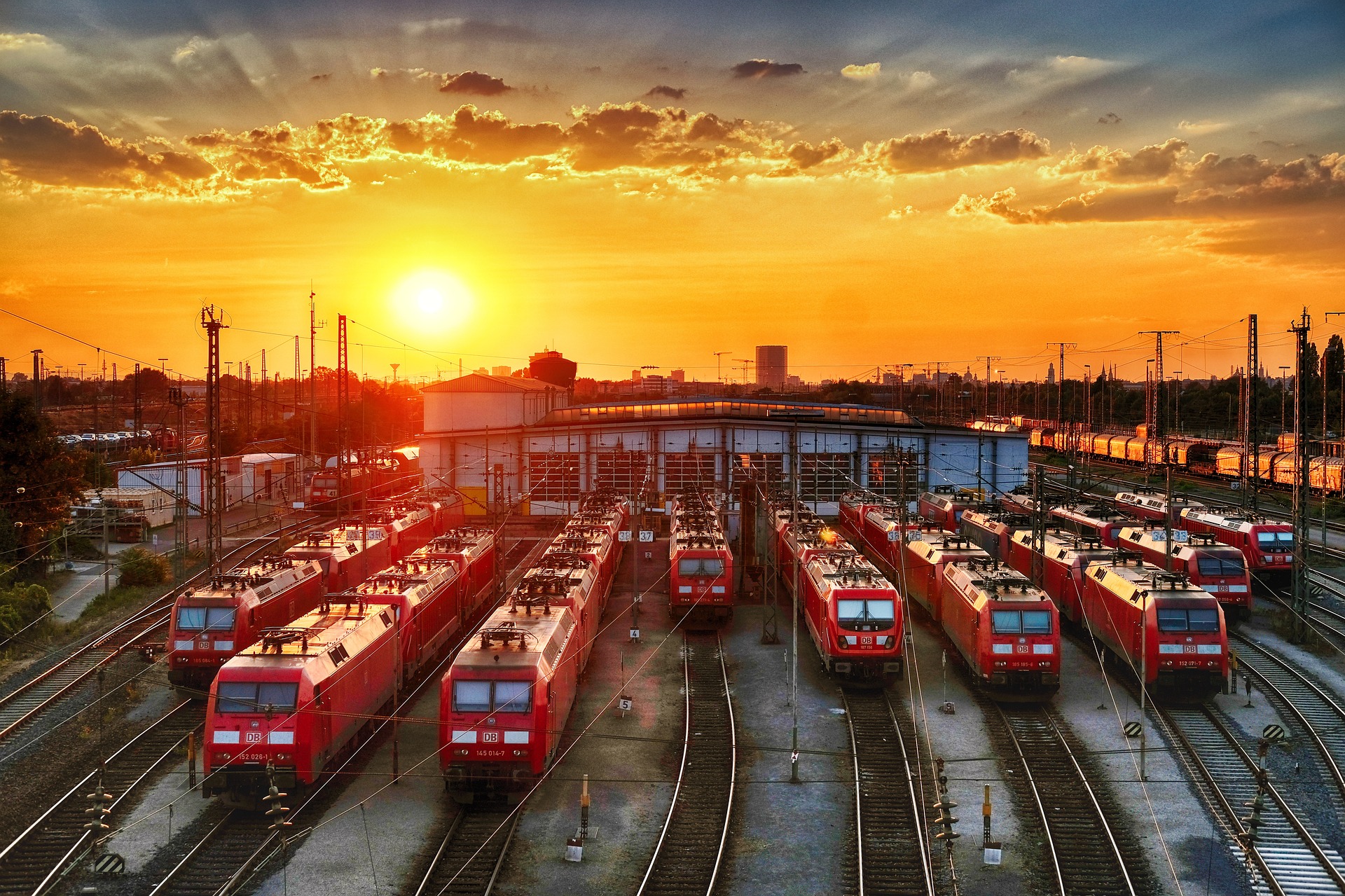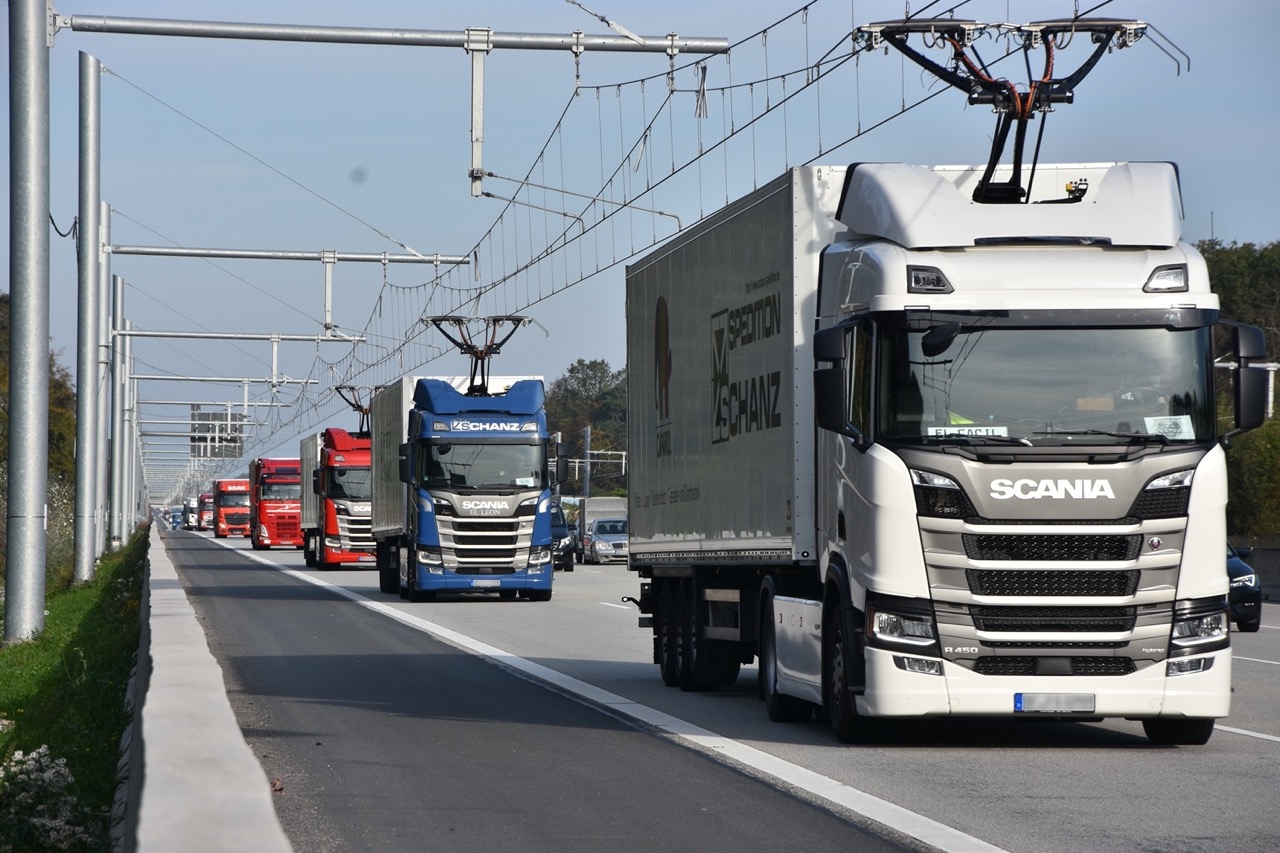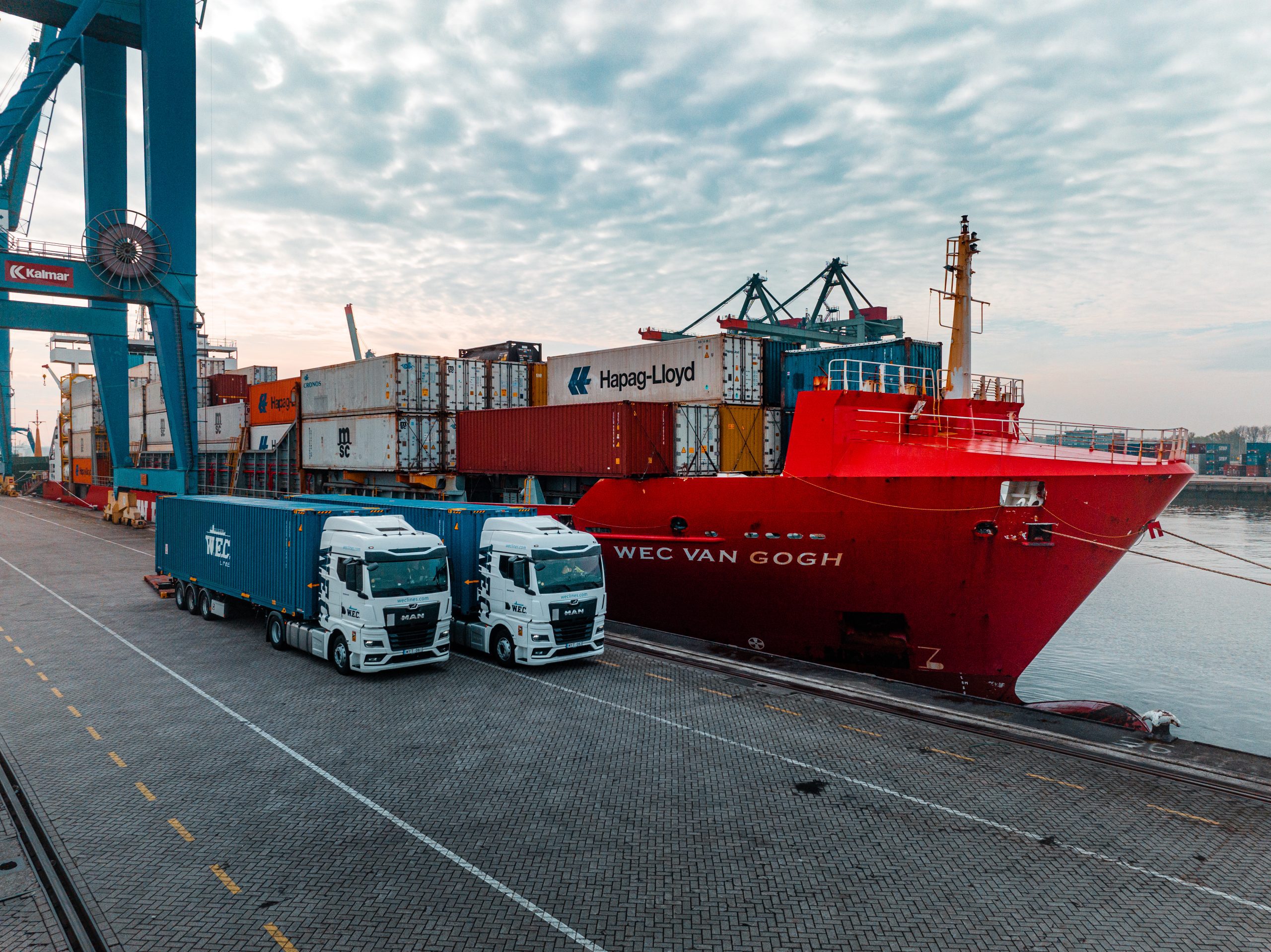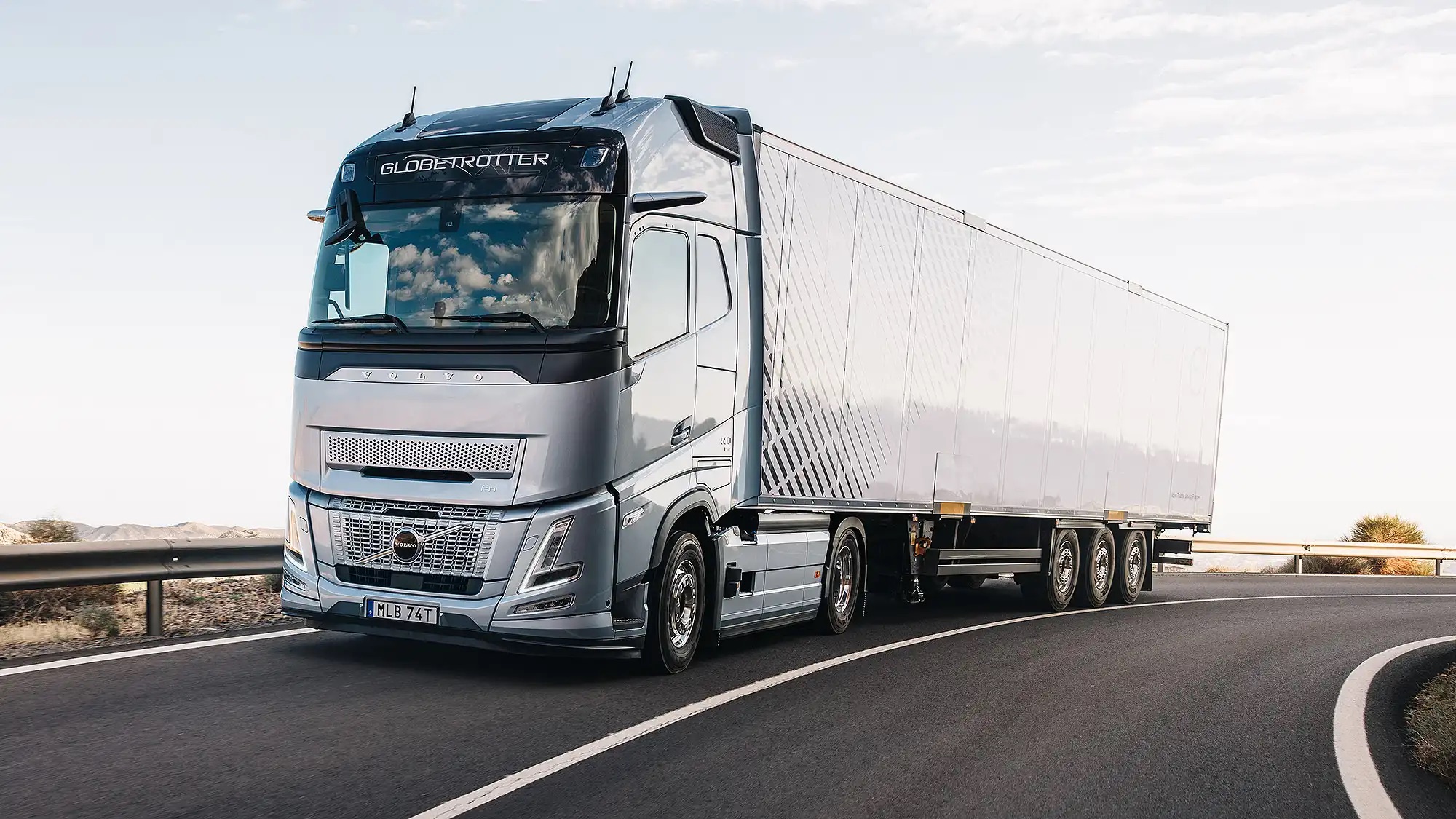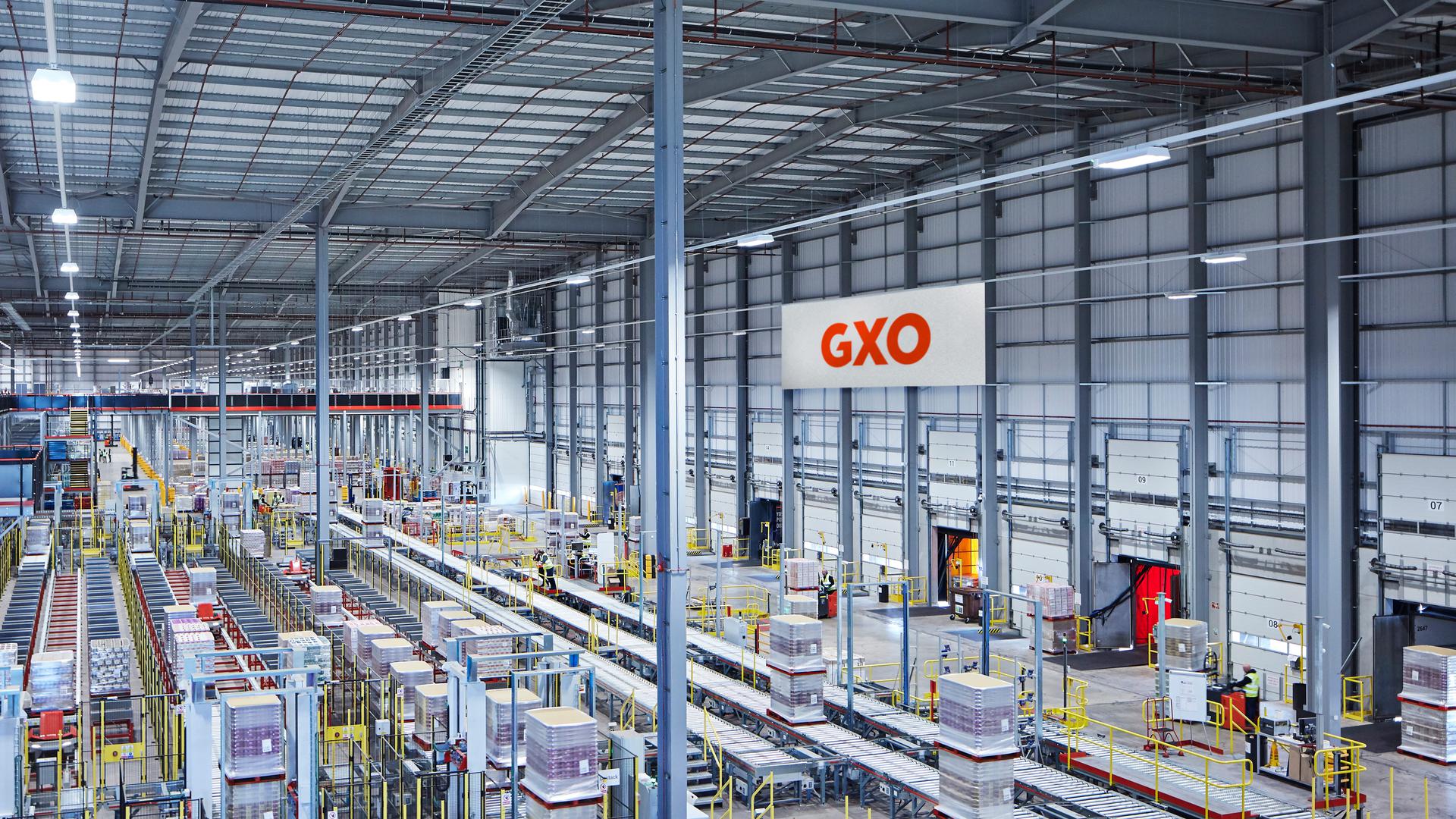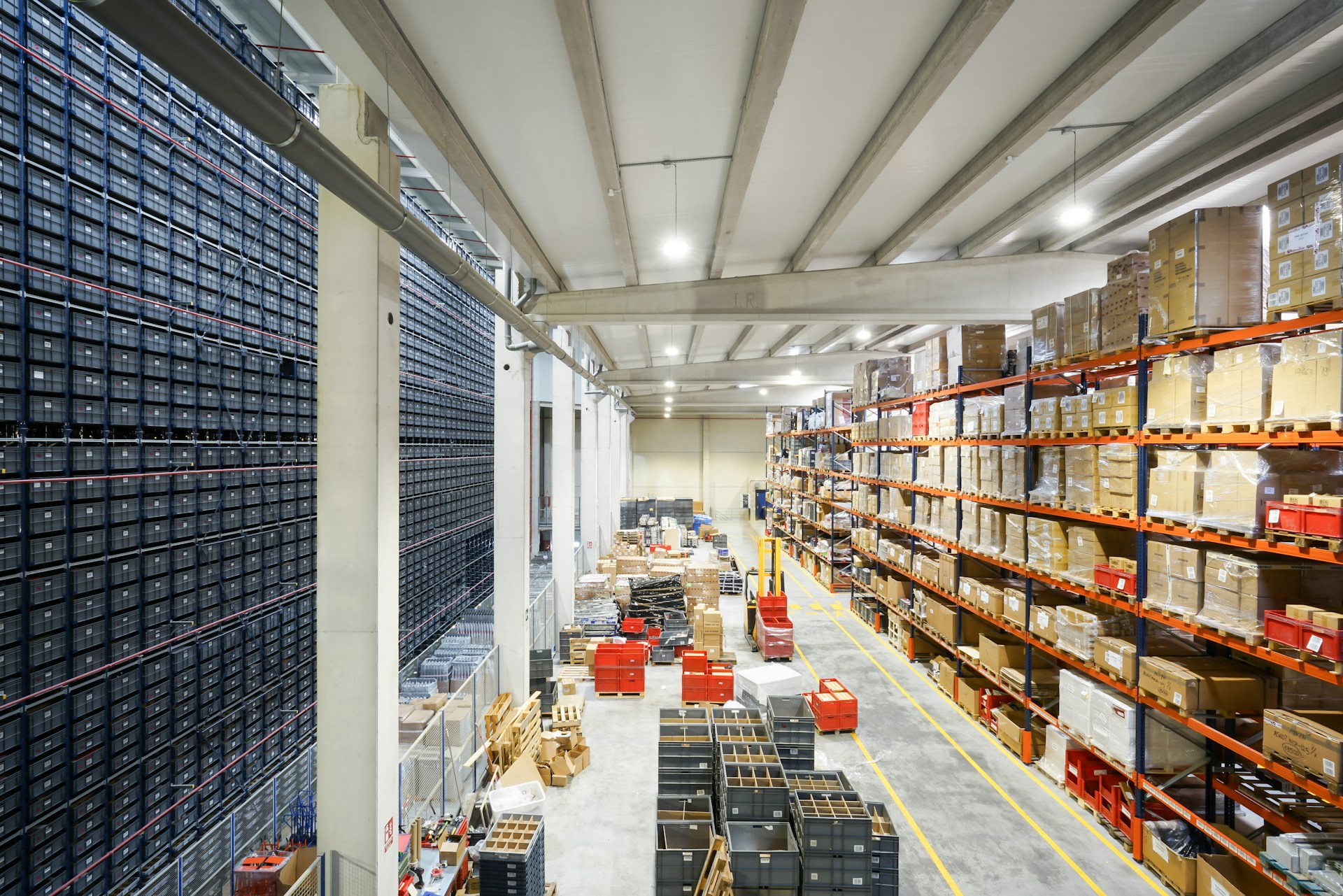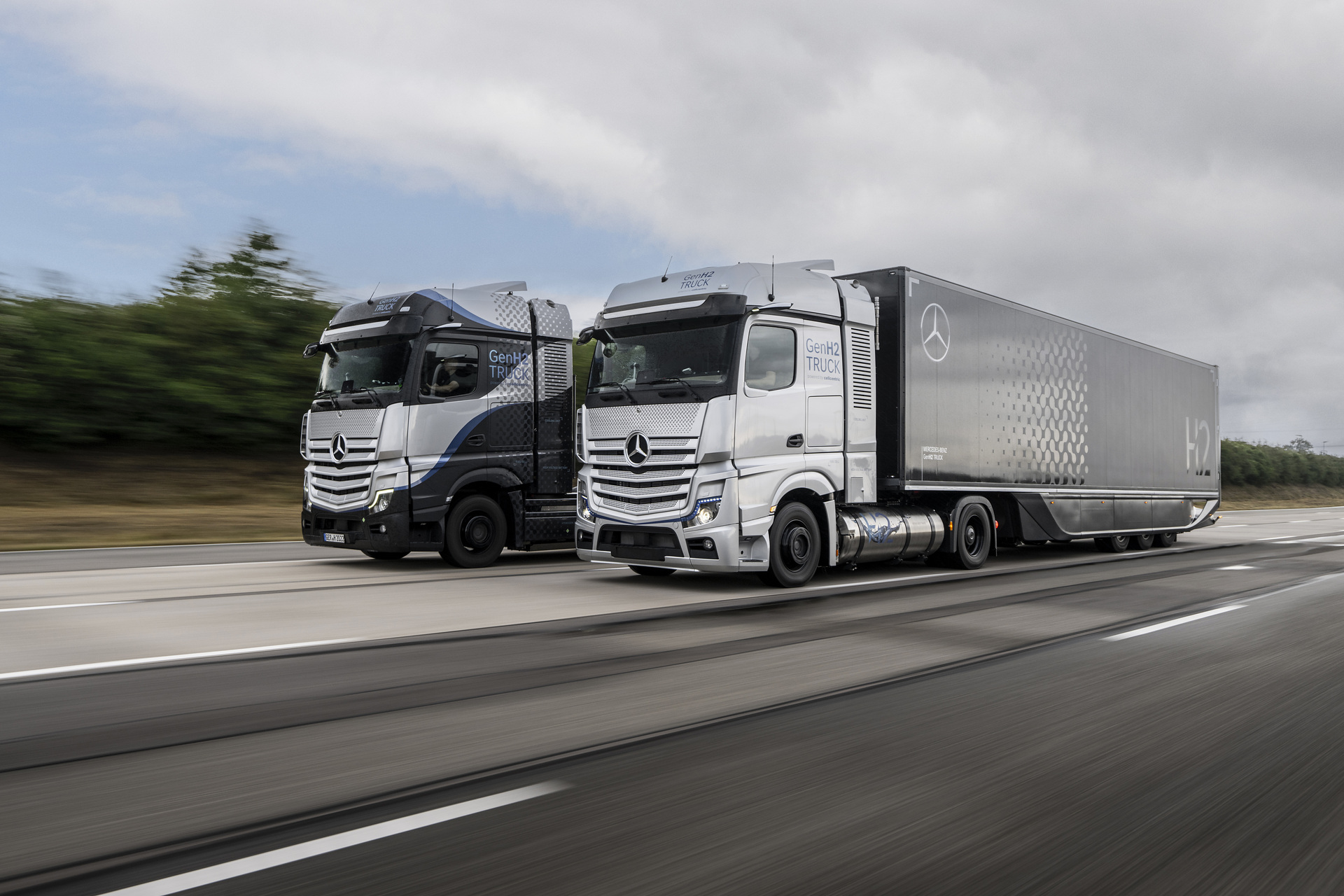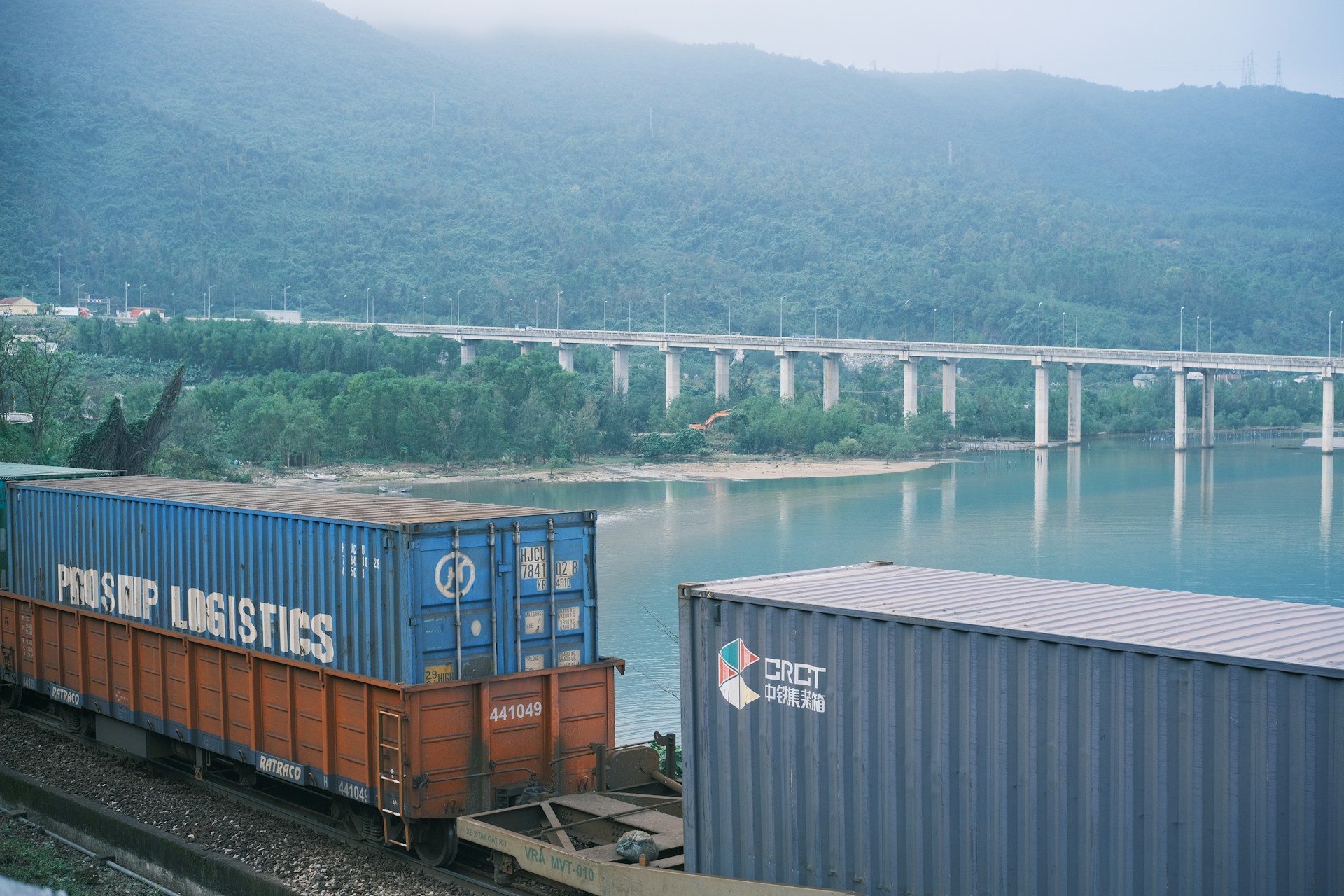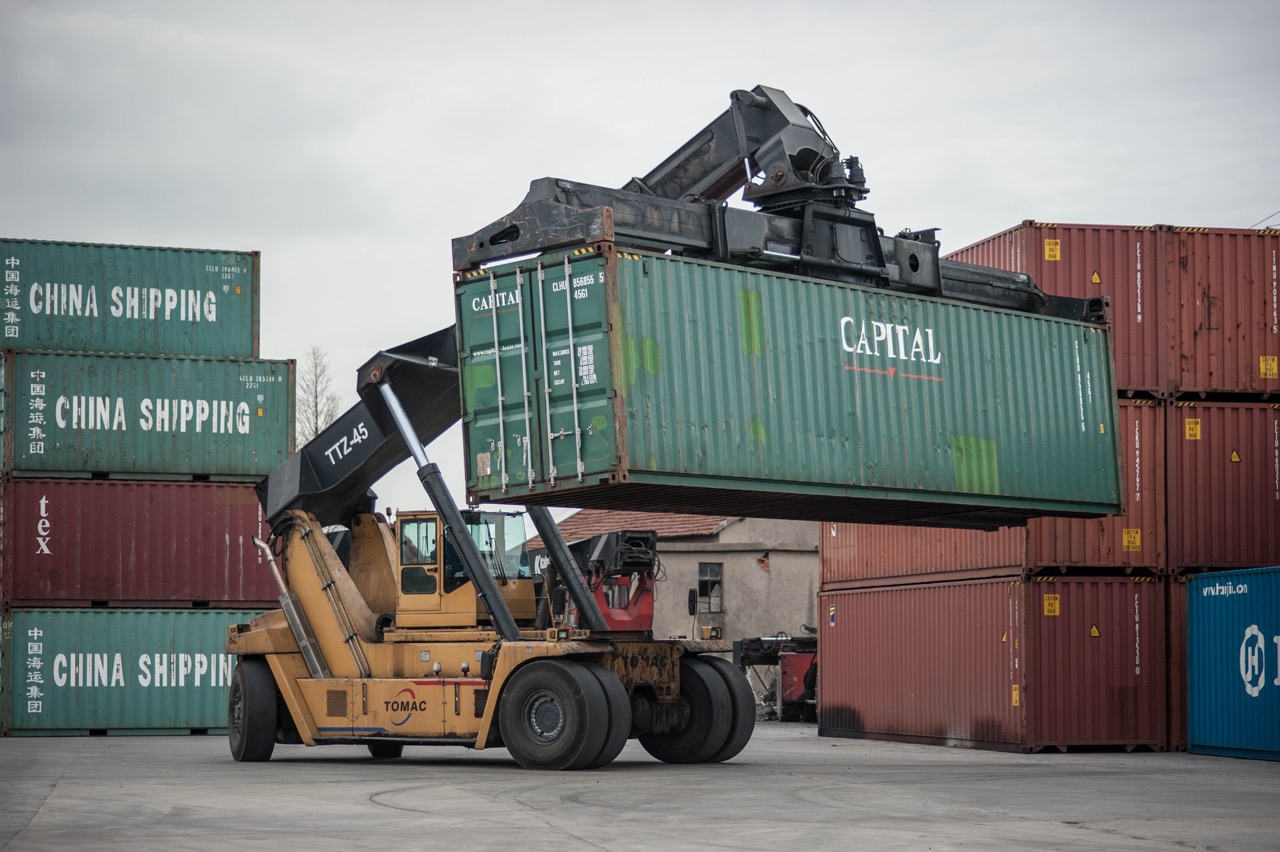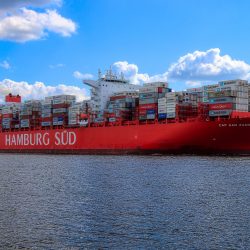Rail freight from China to Europe: the challenges of the route
In the first quarter of 2023, there was a decrease in freight turnover on the route from China to Europe. One of the reasons for the drop in volumes was a decline in demand for rail transport from European consumers. Experts note that this dynamic will continue in the future. According to them, the sector has not yet reached the point of minimum, which means that we should expect a further drop in turnover.
According to BTT Freight Management representatives, this year, many trains from Central and Eastern Europe are passing through the territory of the sub-sanctioned country. This situation requires special attention, as carriers still adjust their logistics to the restrictions. Many companies are working to realign their routes, but the process is time-consuming and costly.
Another factor in the decline in rail traffic to European countries is the position of China Railways. It has introduced new rules for trains from Central and Eastern Europe. Trains must now carry at least 50 TEU of cargo before departing for China. Picking up goods in that volume is quite a challenge. Carriers must wait for new orders before shipping the trains, increasing transport time. Companies use freight trains instead of direct trains to get out of this situation.

In this case, the trains do not include cargo destined for a single point but for different hubs in different European countries. One example of a freight train is Cross Europe, which launched in September 2022. The train runs from Chengdu to Poland via Luxembourg. The Yixinou Express train also collects freight from the German cities of Duisburg and Hamburg, Spain’s Madrid and Poland’s Malaszewicze.
Among which clients is this route popular?
Despite the decline in demand for the rail route from China to Europe, this delivery option is still popular with two types of customers. The first category of customers chooses this mode of transport because of the convenient infrastructure, especially in Eastern and Central European countries. These customers are mainly from the textile industry. It is important to them to organise reliable logistics that will last for years to come. In this case, the route ensures delivery of goods from China to Europe in around 20 days to hubs from which it is convenient to distribute.
The second type is domestic Chinese customers whose businesses are close to the train formation hubs for shipment to Europe. For them, rail transport from one end of the country to the other is more profitable than maritime transport.

